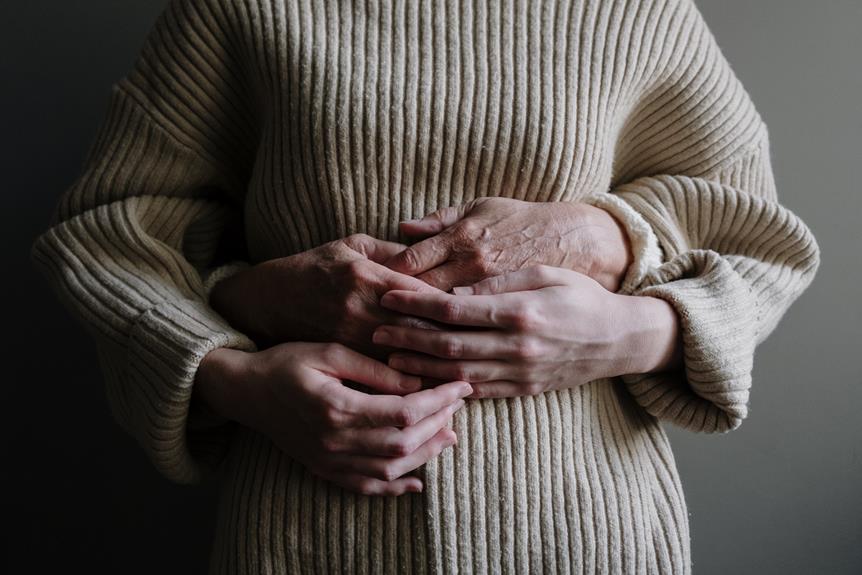In a world where warmth and connection are sought after, the acts of cuddling and snuggling hold a symbolic significance. While both convey care and comfort, they differ in their physical actions, emotional expressions, and impact on relationships.
This article aims to explore the distinctions and comparisons between cuddling and snuggling, shedding light on their meanings and effects. Join us as we unravel the nuances of these intimate gestures and delve into the depths of human connection.
Key Takeaways
- Cuddling is an affectionate act that provides comfort and security, while snuggling involves nestling into a cozy position.
- Cuddling expresses care and comfort without words, while snuggling often leads to more sexual desires.
- Cuddling can happen between family members, friends, pets, and children, while snuggling frequently occurs between lovers and couples.
- Cuddling releases oxytocin, the love hormone, which aids in breastfeeding and de-stressing, while snuggling indicates a strong and lasting bond between partners.
Physical Actions: How Cuddling and Snuggling Differ
When comparing cuddling and snuggling in terms of physical actions, it is important to understand how they differ in terms of the body positions and movements involved.
Cuddling typically involves a more relaxed and comfortable body positioning, with both individuals lying down or sitting closely together. The level of intimacy in cuddling can vary depending on the relationship between the participants, ranging from platonic to romantic.
On the other hand, snuggling often involves a more intimate and cozy body positioning, with one person nestling or burrowing into the other person's chest or body. The level of intimacy in snuggling is typically higher, as it is commonly practiced between romantic partners.
Emotional Expressions: The Meanings Behind Cuddling and Snuggling
Cuddling and snuggling are so awesome because they show different feelings and stuff. When you cuddle, it's like you're saying, 'I care about you and want you to feel safe and loved.' It's all about non-physical stuff, like emotions and comfort. Trust and vulnerability are super important in cuddling, because you have to feel safe and open with the person you're cuddling with.
Snuggling, on the other hand, can lead to more physical desires, if you know what I mean. It's like a stronger bond between two people who are in a serious relationship. So, cuddling is more about being caring and passionate, while snuggling is about being close and maybe getting a little frisky.
Both are great in their own way!
Participants and Relationships: Exploring the Context of Cuddling and Snuggling
The participants and relationships involved in cuddling and snuggling play a crucial role in understanding the context of these intimate acts. Exploring intimacy and the different types of relationships can give us a better understanding of how cuddling and snuggling are experienced.
Cuddling can happen between family members, friends, pets, and even children. It's a sweet way to show affection and care without any romantic intentions.
On the other hand, snuggling is more commonly seen between lovers and couples. It's a way for them to feel closer and create a cozy space together.
Effects on the Body: Understanding the Impact of Cuddling and Snuggling
Both cuddling and snuggling have been found to have significant effects on the body, influencing various physiological and psychological responses. The impact of cuddling and snuggling goes beyond just physical contact and warmth.
Here are some of the effects on the body:
- Psychological benefits: Cuddling and snuggling can evoke feelings of comfort, security, and happiness. They can help reduce stress and anxiety, promoting a sense of emotional well-being.
- Health benefits: Cuddling and snuggling can have positive effects on physical health. They can lower blood pressure, reduce heart rate, and improve sleep quality. Additionally, cuddling releases oxytocin, the love hormone, which can enhance bonding and strengthen relationships.
So, whether you cuddle up with a loved one or snuggle into a cozy blanket, these acts of affection can have a profound impact on both your mind and body.
Embrace the freedom to experience the psychological and health benefits of cuddling and snuggling.
Comparison and Distinction: Key Differences Between Cuddling and Snuggling
Snuggling, unlike cuddling, can be enjoyed individually or with a cozy blanket. Cuddling is all about emotional connection, while snuggling is more about comfort and relaxation.
When it comes to intimacy levels, cuddling creates a deeper emotional bond between people, expressing care and affection without words. On the other hand, snuggling is more casual and can often lead to sexual desires.
As for contextual differences, cuddling can happen between family members, friends, or even pets, while snuggling is typically reserved for couples in a serious relationship. Cuddling usually takes place in a sleeping or intimate position, while snuggling can be done alone while watching a movie or just to relax.
Conclusion
In conclusion, cuddling and snuggling may seem similar, but they have distinct differences. Cuddling involves holding each other close for comfort, while snuggling is more about nestling into a cozy position.
The emotional expressions and meanings behind these actions can vary, with snuggling often being seen as more intimate. Additionally, the participants and relationships in which cuddling and snuggling occur may differ.
Overall, understanding these nuances can help individuals navigate and appreciate the different forms of physical affection. As the saying goes, 'Actions speak louder than words.'
…and cuddling and snuggling can speak volumes about the level of comfort, trust, and affection between two people.

